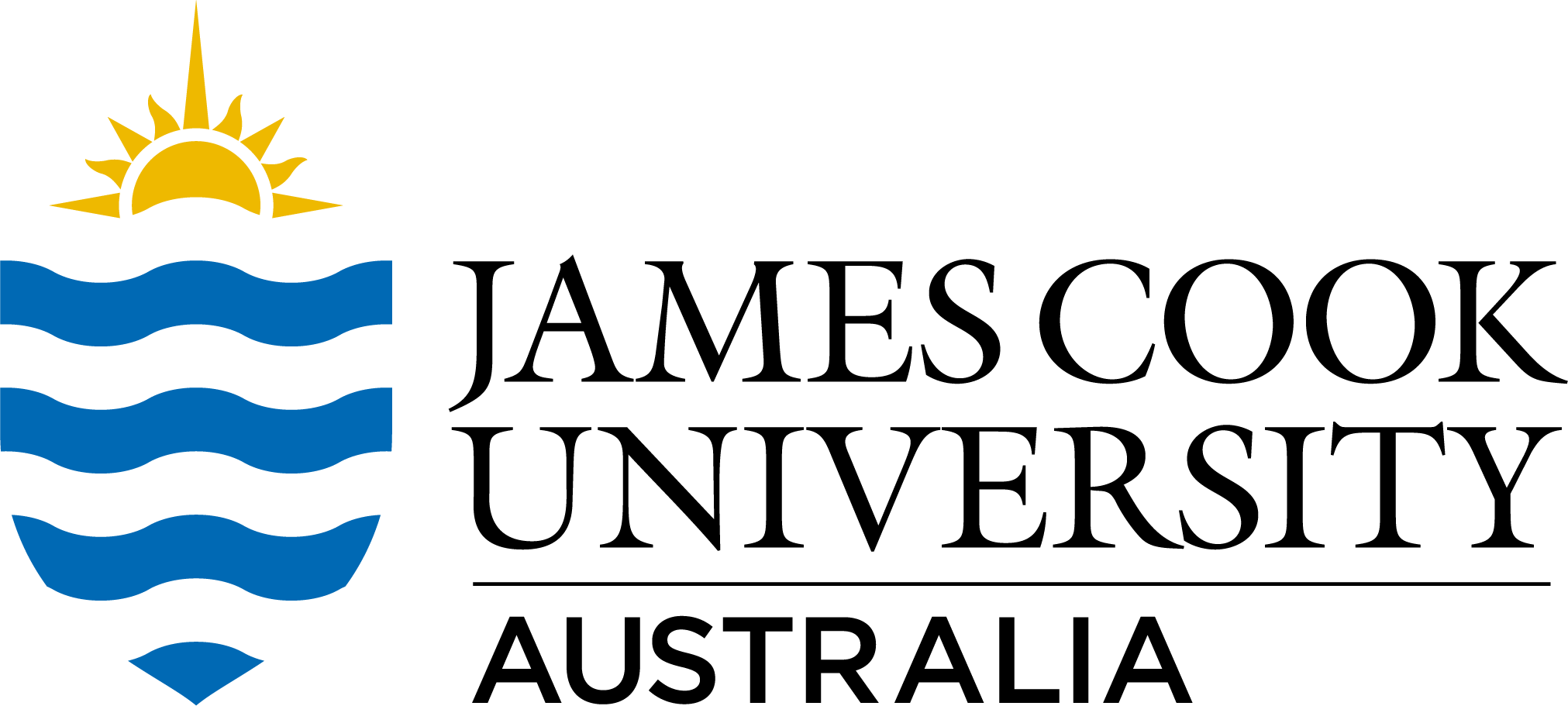Full description
While the escalating impacts of climate change and other anthropogenic pressures on coral reefs are well documented at the level of the coral community, studies of species-specific trends are less common, owing mostly to the difficulties and uncertainties in delineating coral species. It has also become clear that traditional coral taxonomy that is largely based on skeletal morphology has underestimated the diversity of many coral families. Here we use targeted enrichment methods to sequence 2476 ultraconserved and exonic loci to investigate the relationship between populations of Fungia fungites from Okinawa, Japan, where this species reproduces by brooding (i.e., internal fertilization), and Papua New Guinea and Australia, where it reproduces by broadcast-spawning (i.e., external fertilization). We also analyzed the relationships between populations of additional fungiid species (Herpolitha limax and Ctenactis spp.) that reproduce only by broadcast-spawning. Our phylogenetic and species delimitation analyses reveal strong biogeographic structuring in both Fungia fungites and Herpolitha limax, consistent with cryptic speciation in Okinawa in both species and additionally in the Red Sea for H. limax. Using both ultraconserved elements and exon data, alongside mitochondrial data captured in off-target reads, we demonstrate that Ctenactis, a genus consisting of three nominal morphospecies, is not a natural group. Our results highlight the need for a comprehensive taxonomic and systematic revision of the coral family Fungiidae. The work presented here demonstrates that sequence data generated by the application of targeted capture methods can provide objective criteria by which to test hypotheses based on morphological and/or life history data.
Software/equipment used to create/collect the data: De-multiplexed Illumina reads were trimmed using the illumiprocessor wrapper program for trimmomatic with default values and assembled into contigs using SPAdes v. 3.10. The trimmed reads were processed using the PHYLUCE program workflow as outlined in the online tutorial http://phyluce.readthedocs.io/en/latest/tutorial-one.html with slight modifications.
Software/equipment used to manipulate/analyse the data: For UCE loci the Sliding-Window Site Characteristics (SWSC) method was used for partitioning within loci between UCE ‘core’ and ‘flanking’ regions to account for differences in site variability. Exon loci were assigned a separate partition for each locus. The SWSC-UCE and exon partitioning schemes were combined using Geneious Prime V2019.2.1. The best fitting partitioning scheme for SWSC-UCE/exon partitions was defined using PartitionFinder 2 (PF2) with the RAxML option. The 75% matrix alignment was analyzed with maximum likelihood (ML) using IQtree v2.0 and with Bayesian inference using Exabayes.
Species tree inference was conducted using ASTRAL III . Separate IQtree analyses with 1000 ultrafast bootstrap replicates were run for each of the 220 loci from the 75% matrix alignment. Resulting gene trees with bootstrap support were concatenated into a single file and branches with low support (<30%) were removed using the nw_ed function in the newick utility program. Unexpectedly long branches were also removed using TreeShrink as they are likely to be erroneous .
COI tree was obtained from the ‘off-reads’ of our target capture samples using phyluce_assembly_match_contigs_to_barcodes. ITS sequence from Ctenactis crassa (NCBI Genbank accession: EU149814) and the COI gene from a complete Favites abdita mitogenome (KY094479, 1542 bp), the closest complete mitogenome currently available, was used as template barcodes.
All available COI and ITS genes for Fungiidae were downloaded from GenBank. A new alignment was created by concatenating and aligning the UCE/exon dataset, the extracted mitochondrial and nuclear ITS regions from off-target reads and the GenBank sequences using Geneious prime. A ML tree was generated from all data combined using IQtree, partitioning mitochondrial data and ITS regions separately from UCE/exon partitions.
Created: 2022-04-14
Data time period: 2017 to 31 12 2018
text: Israel
text: Independent State of Papua New Guinea
text: Orpheus Island
text: Lady Musgrave Island
text: Okinawa
text: Lizard Island
text: Potter Reef
User Contributed Tags
Login to tag this record with meaningful keywords to make it easier to discover
- DOI : 10.4225/28/5949B8279AE44

- Local : researchdata.jcu.edu.au//published/13a821193e7bc791eef183301b0d16f8


